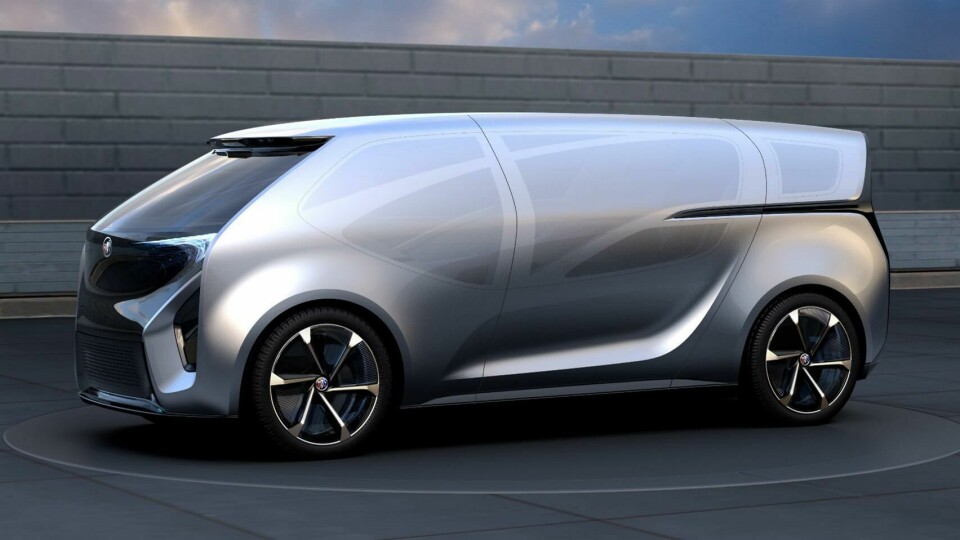
Do these GM concepts signal the return of the personal luxury car?
Two futuristic concepts, the Buick Smart Pod and the Cadillac Innerspace Concept recently introduced by General Motors, point to a revival of a classic format
There was a time, some fifty years ago when personal luxury cars prowled the American roads, their bold, flamboyant, designs flashing across the automotive landscape, a rebuke to the more workaday designs of the average family car.
The drivers of these cars were proud, self-assured and upwardly mobile types, who wanted to experience a luxurious automotive travel on a personal level, with the feeling of a sports car, but the road presence of a big luxury car and, of course, a suite of creature comforts to make the journey a pleasant one and impress anyone along for the ride. Two recent concepts introduced by General Motors suggest those a return to those halcyon days.
At the Auto Guangzou 2021 Show, Buick introduced Smart Pod concept, a day-after-tomorrow idea car for future luxury travel. The Smart Pod is nominally an MPV, but clearly, with its interior arrangement, is meant for two occupants, with an option for four with a fold-away jump seat. It is intended to be an autonomous luxury cruiser, with no steering wheel.
And just last week, at their (virtual) appearance at CES, GM, and more specifically, Cadillac, introduced the InnerSpace concept – a sleek autonomous two-seat coupe, two door coupe.
Each car presents autonomy as a given in the future of personal luxury, a departure from the thinking that luxury cars will always be driver’s cars. It has been assumed that the owners of such luxury cars are take-charge people that would always need to have a steering wheel in their hands. These two concepts declare otherwise. Of course, in the distant future when autonomy is a commodity, a human driver would be the ultimate luxury. But that is a discussion for another day. For the purposes of the intermediate future, as represented by these two concepts, the command of the road and the pleasure of travel through enter- and info-tainment is accomplished by advanced navigational computing, artificial intelligence, and General Motors’ bespoke Ultilfi system.
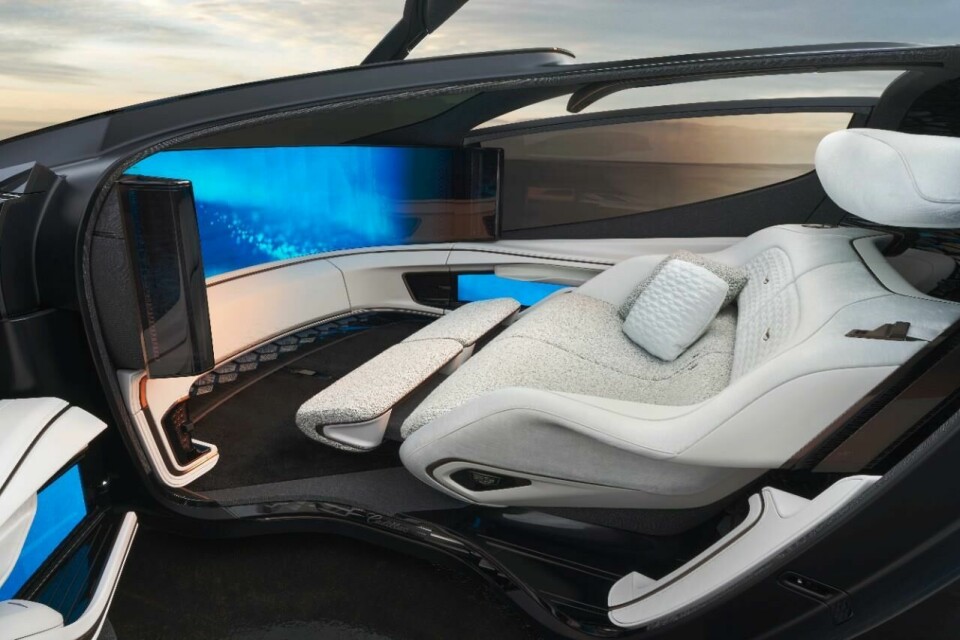
Each interior has the sort of ultra-comfortable seating that one would expect in this class of car. In the InnerSpace it is a “bench” seat that magically divides and pivots to allow easy access, and then returning to a comfortable bench. The Smart Pod has two fully reclining chairs, with a pop-up table between. Compared to the relaxed intimacy of the Innerspace seats those of the Smart Pod look like his-and- hers thrones.
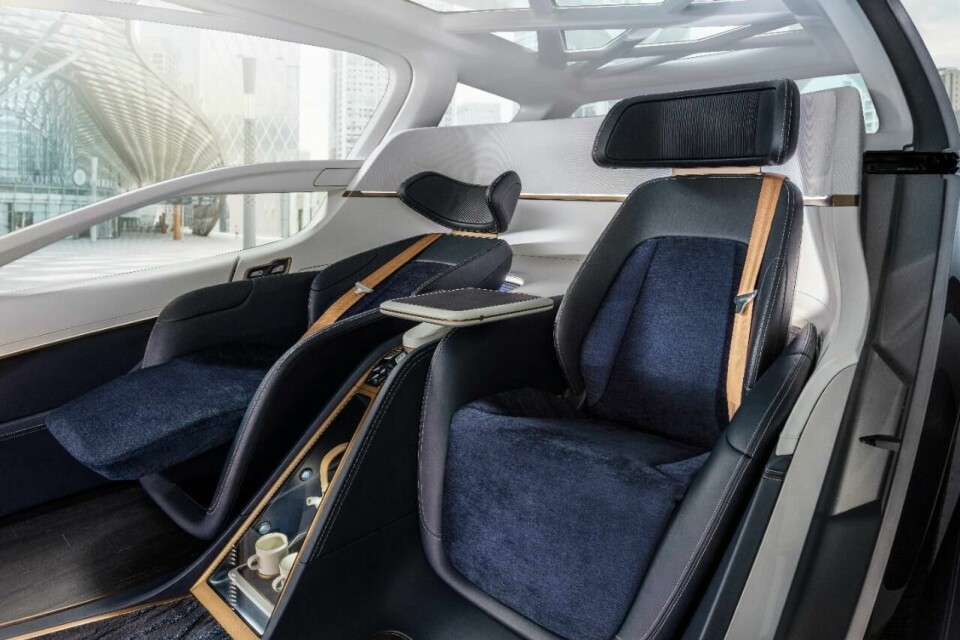
Both concepts share an enormous screen in the field of vision of the occupants. The Smart Pod has a retractable 50-inch rectangular screen like one might see in a modern office or lounge. The InnerSpace has a dramatic curving, panoramic screen that seems to wrap around the occupants, and is more congruent with the panoramic glass and grand touring character of the car.
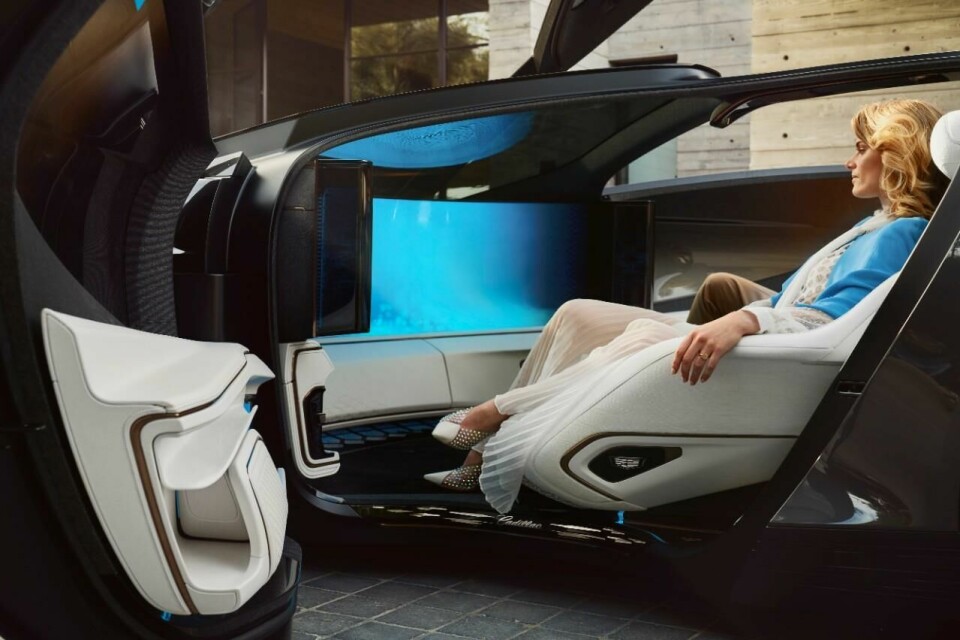
Stepping back from examining the many futuristic features of these concepts, could we be looking at the new era of the personal luxury car? Do these concepts connect with the classic cars of a half-century ago? It is worth a brief look back to see. The personal luxury car was a market segment and class of car popular in the United States in the second half of the 20th century, particularly in the 1960s and 1970s. The story of the car and its market segment is long and dramatic, one filled with large personalities, great designs, and classic cars.
It is generally agreed that the personal luxury car began with the introduction of the Ford Thunderbird in 1955. The addition of a back seat in 1958 (feedback from customers drove this change) had an enormously positive effect on sales and the personal luxury car type was established.
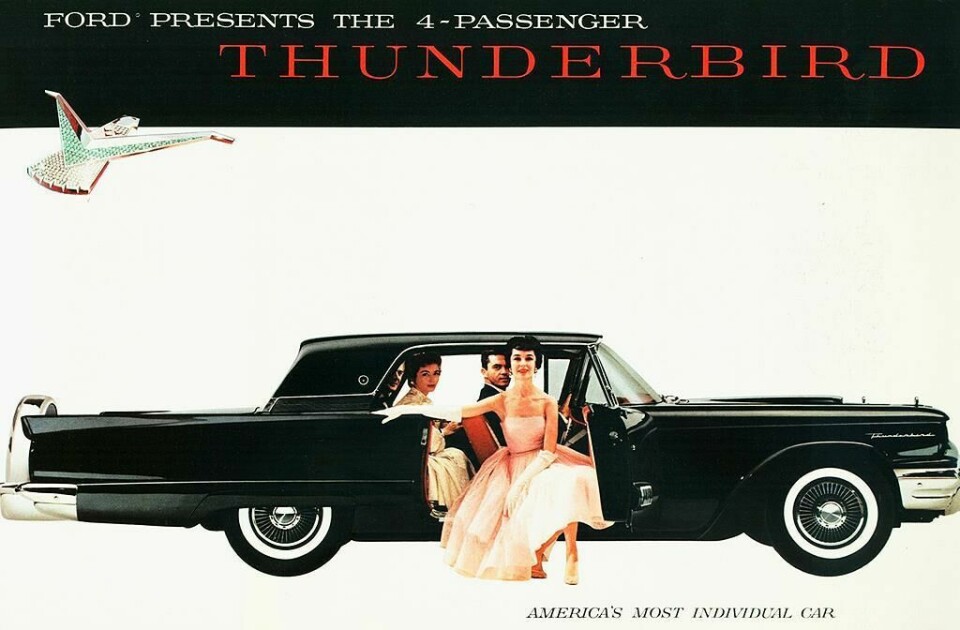
GM was caught flat-footed by the four-seat T-bird and it took a few years for the automotive giant to catch up. Its answer was the Buick Riviera, a sleek and curvaceous four seat luxury car that had all the power of GM’s enormously talented styling and engineering staff baked into its design, and it became an instant classic.
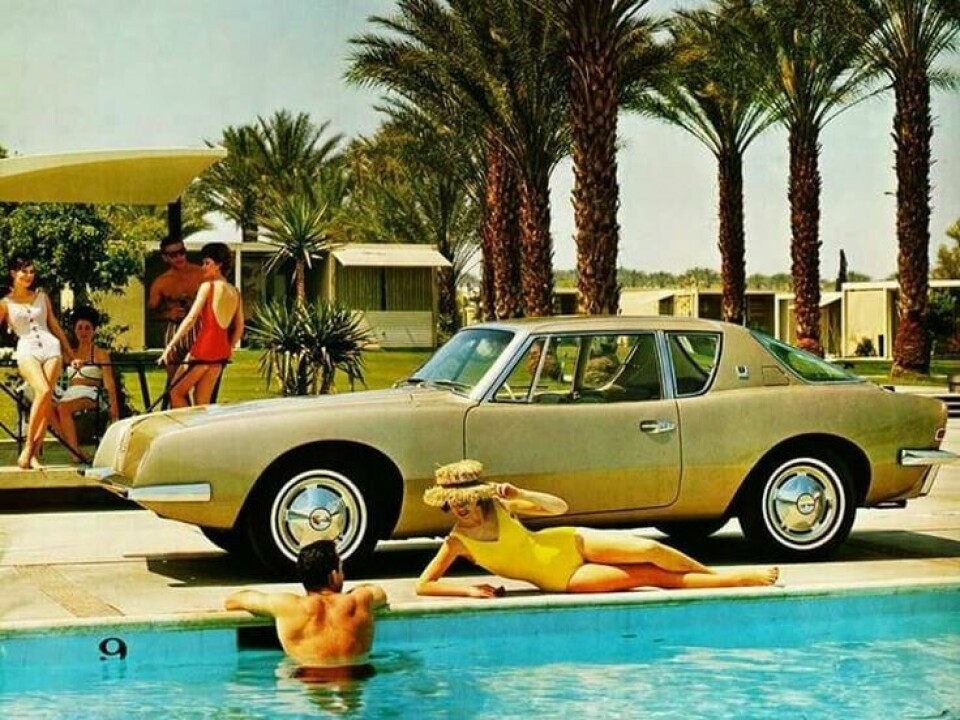
And if there was any doubt about the emerging typology of the personal luxury car, it was put to rest with the Riviera – a four-seat car with strong emphasis on the driver, luxury appointments – some unique to the class, a big engine, strong power. The body was long and sleek, flamboyantly styled, with extended hood and short(ish) deck.
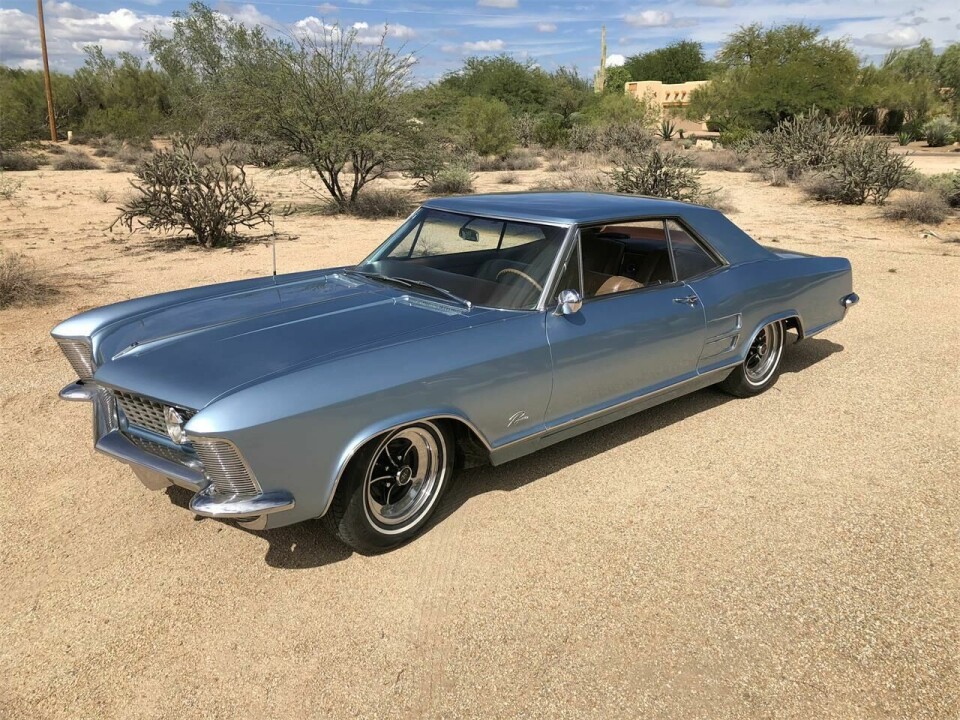
The glory years of the personal luxury car were the 1960s and 1970s, especially after the demise of the muscle car. Ford may have led the way with the Thunderbird, but it was GM that perfected the type. Every division had its own personal luxury car, and Buick’s tended to be the most flamboyant, especially the boattailed Riviera of the early 1970s, with dramatic curved glass and sweeping lines that tapered to a point at the rear.
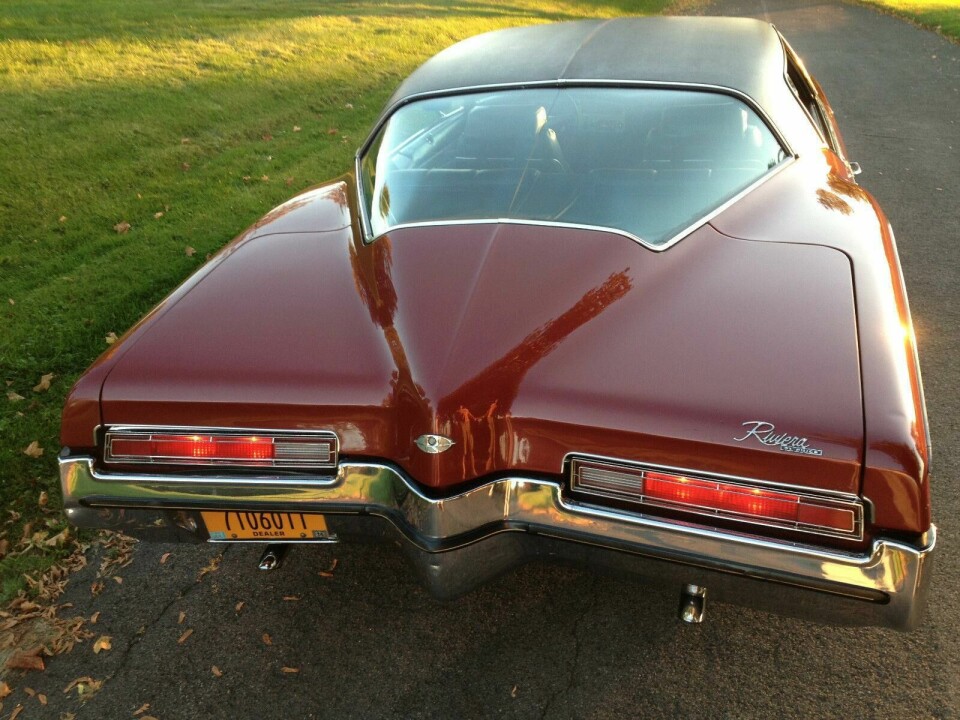
But time passes and tastes change, and by the 1980s there was a noticeable drop in sales, and by the 1990s personal luxury cars were on the way out. At the turn of the century they were largely a memory.
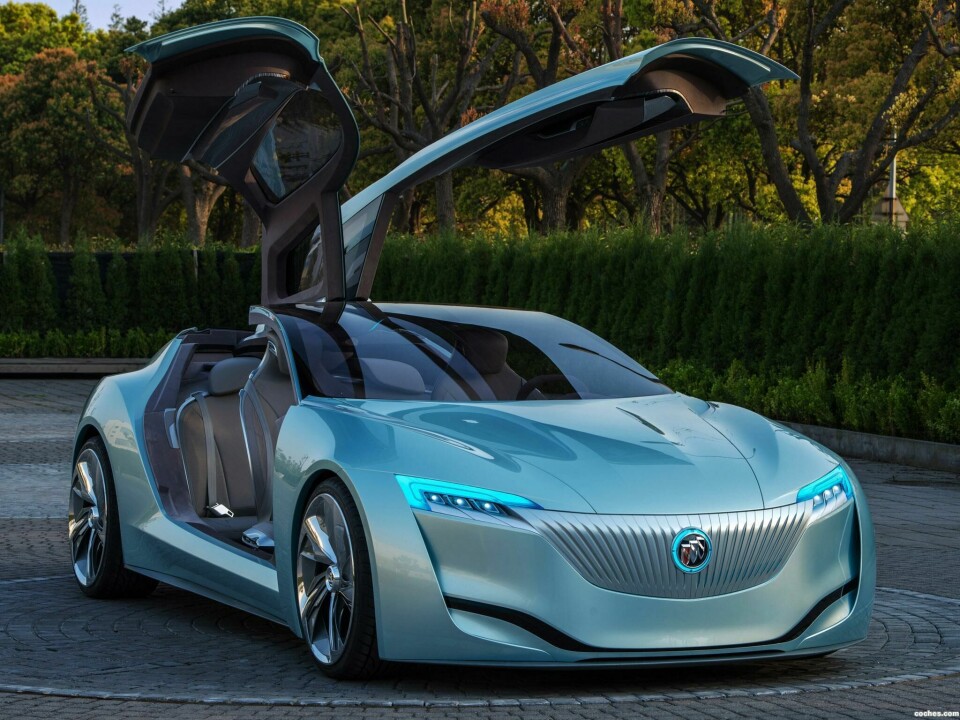
Now, in 2021-22, at the Guangzhou show, and at CES, where Smart Pod and the InnerSpace were introduced, we may be seeing the stirrings of a revival of the personal luxury car. The InnerSpace is a futuristic design along the conventional, well-established design continuum of the personal luxury car- a sleek coupe with dramatic flair and high-tech appointments in the cockpit. Interestingly, a cursory look at its overall form and presence shows a debt to the Buick designs of old, particularly in that dramatic boattail. There’s a “rightness” to its design, a sense that you could trace this design back to the classic era, although maybe more as a Buick rather than a Cadillac.
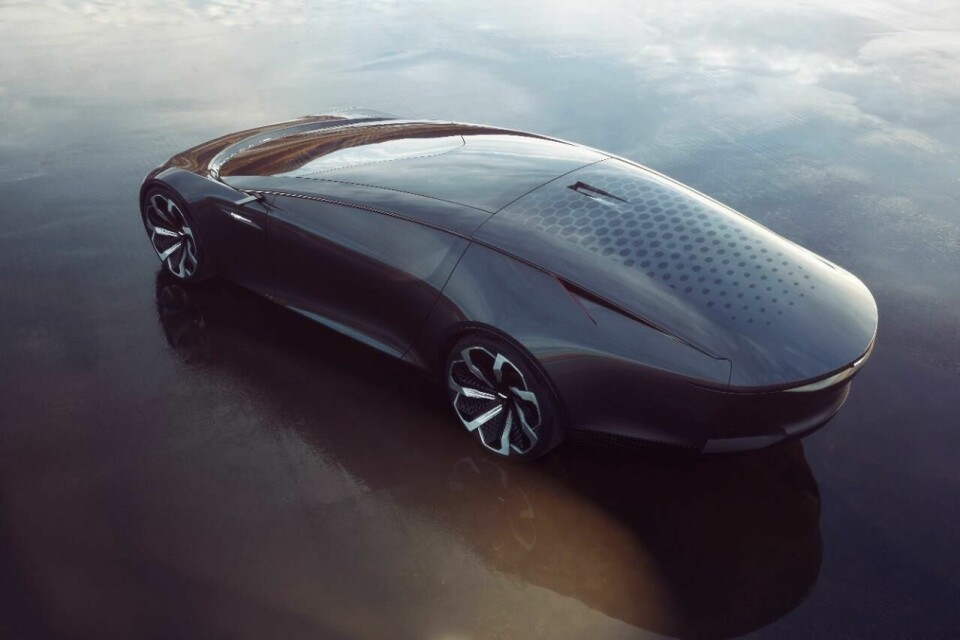
The Smart Pod however, is a radical rethinking of the personal luxury car. Its more formal massing and greater volume suggest a different type of vehicle and interior space – more of a room-like lounge than a cockpit. GM touts its connectivity and options to create a mobile office space in its interior. Its monoform shape is a shock to the personal luxury car purist. Various descriptors could be applied to the design, not all of them printable here. Perhaps it would be more appropriate to call the Smart Pod a “personal limousine”. It does seem that the Smart Pod is a more urban and business-centric luxury vehicle. The InnerSpace seems to be more in the traditional grand touring format.
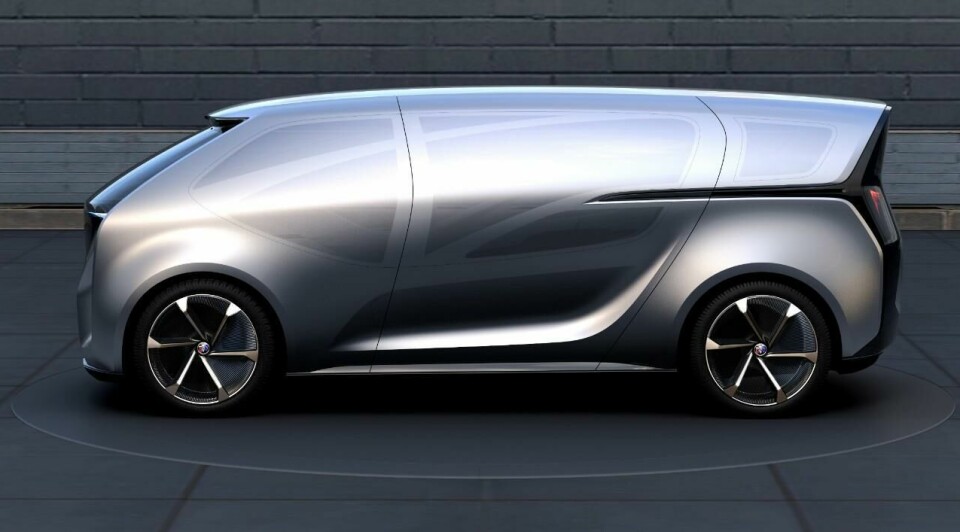
If there is one shortcoming of these concepts, it is their names. Smart Pod. Really? No self-respecting Buick would ever be called a ‘pod’. InnerSpace? Cadillac is about performance and flash – it’s not a Zen retreat, however calming and nurturing its creature comforts may be. Quiet luxury and sanctuary are the realm of Lincoln, not Cadillac.
General Motors used to have such evocative names for personal luxury: Riviera, Monte Carlo, Toronado, Eldorado, and more. These two concepts deserve better. We assume GM is working on this.
Name issues aside, these are advanced and well-designed personal luxury statements that deserve much further discussion, debate, and development. Buick, especially, deserves the highest possible commendation for the Smart Pod concept. Experiments in vehicle packaging are what the automobile industry needs today- and in every format. And the technology and personal appointments only enhance the originality of both of these concepts.
Does this signal the return of the Personal Luxury car? Will it come in new expressions and surprising new forms? And will it delight new generations and new markets? We have high hopes. Make it so, GM.













